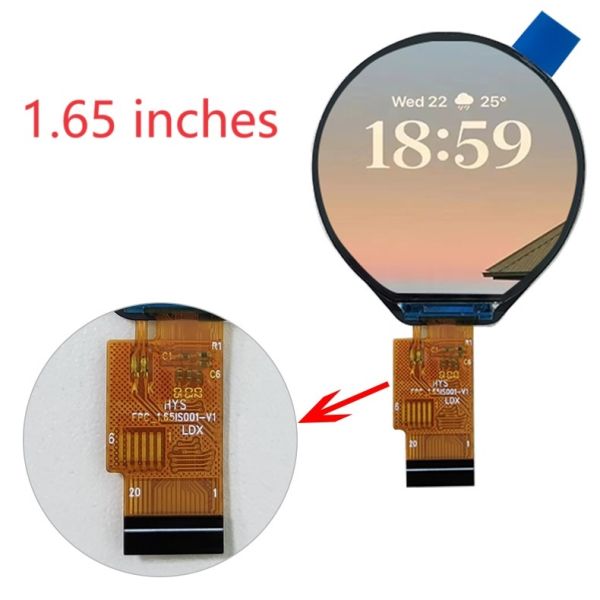Table of Contents
Exploring the Composition of LCD Screens: What Materials are Used?
In the world of modern technology, liquid crystal display (LCD) screens are ubiquitous. From smartphones to televisions, these screens play a crucial role in our daily lives, providing vibrant visuals and crisp images. But have you ever wondered what materials make up these sleek and sophisticated displays? In this article, we will delve into the composition of LCD screens, exploring the various materials that contribute to their functionality and performance.
At the heart of every LCD screen lies a layer of liquid Crystals sandwiched between two transparent electrodes. These liquid crystals are the key players responsible for manipulating light to produce the images we see on the screen. Composed of long, rod-shaped molecules, liquid crystals possess unique optical properties that allow them to change orientation in response to an electric current.

https://www.youtube.com/<a href="/tag/shorts" target="_blank"><strong>Shorts</strong></a>/pmSQUU0gaYUSurrounding the liquid crystal layer are polarizing Filters, typically made of a material such as polyvinyl alcohol (PVA) treated with iodine. These filters help control the direction of light passing through the display, ensuring that the images appear sharp and clear. By selectively blocking certain wavelengths of light, polarizing filters enhance the contrast and visibility of the screen.
Beneath the polarizing filters, you’ll find the backlighting system, which illuminates the screen and enables visibility in various lighting conditions. In older LCD displays, cold cathode fluorescent lamps (CCFLs) were commonly used as backlight sources. However, with advancements in technology, light-emitting Diodes (LEDs) have become the preferred choice due to their energy efficiency and longer lifespan.
The electrodes that sandwich the liquid crystal layer are typically made of indium tin Oxide (ITO), a transparent and conductive material. ITO electrodes allow for the precise application of electric fields to control the orientation of the liquid crystals, enabling the display to produce images with exceptional clarity and resolution.
In addition to these primary components, LCD screens also incorporate various support materials and layers to enhance their performance and durability. These may include protective glass or plastic panels to shield the display from scratches and impacts, as well as Adhesives And Sealants to bond the different layers together and prevent moisture ingress.
Overall, the materials used in LCD screens are carefully selected and engineered to deliver optimal performance, reliability, and visual quality. From the liquid crystals that manipulate light to the electrodes that apply electric fields, each component plays a vital role in the functionality of the display.
As technology continues to advance, we can expect further innovations in the materials and manufacturing processes used to create LCD screens. Whether it’s improvements in energy efficiency, thinner and lighter designs, or enhanced color reproduction, researchers and engineers are constantly pushing the boundaries to deliver the next generation of displays.
In conclusion, while LCD screens may appear simple on the surface, their composition involves a sophisticated interplay of materials and technologies. By understanding the various components that make up these displays, we gain a deeper appreciation for the ingenuity and craftsmanship behind the screens that have become an integral part of our digital lives.
